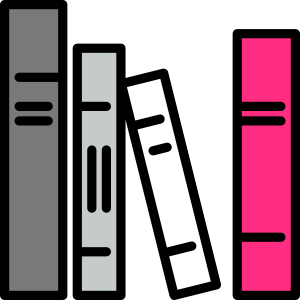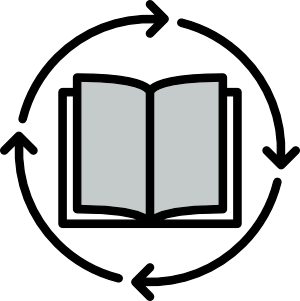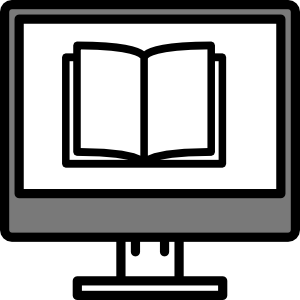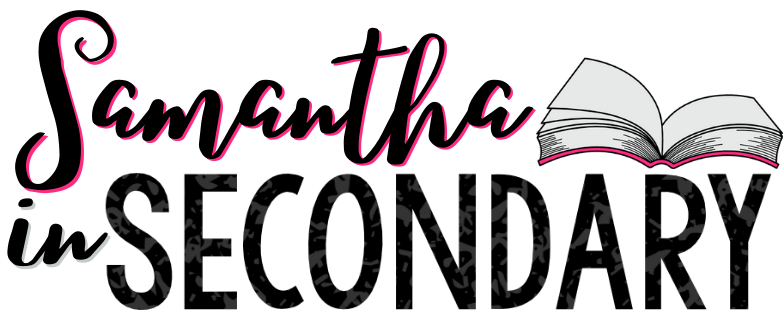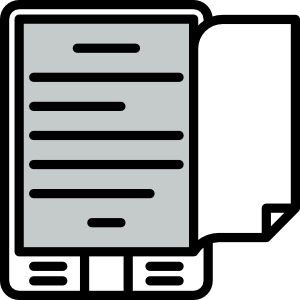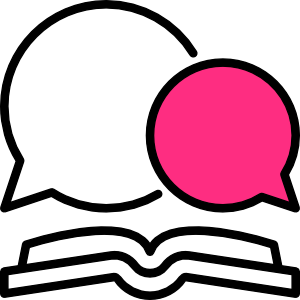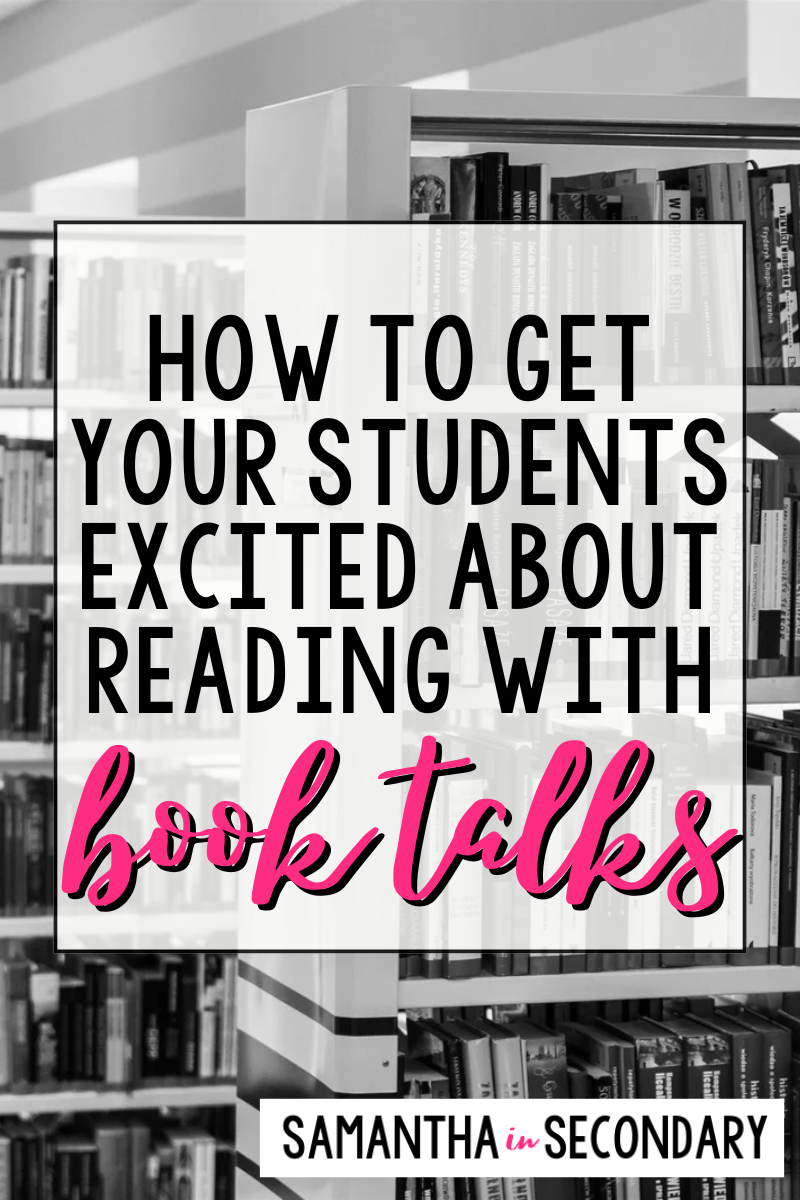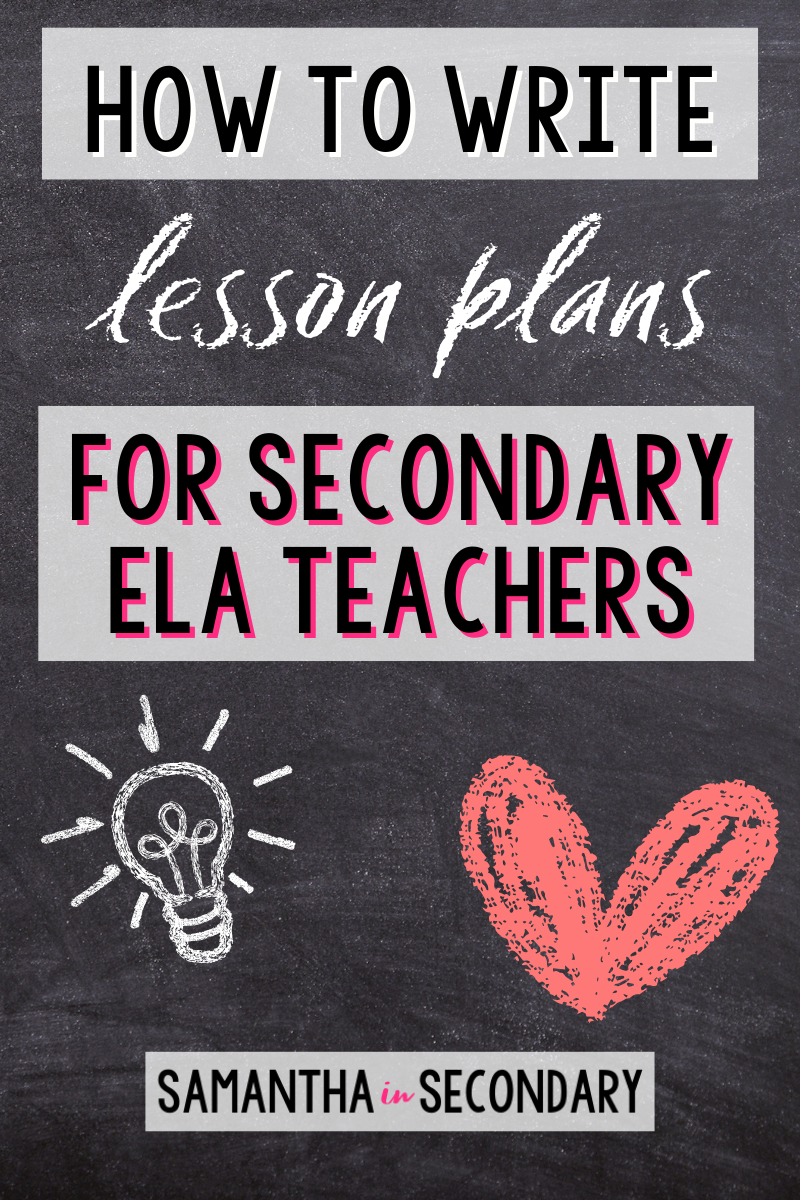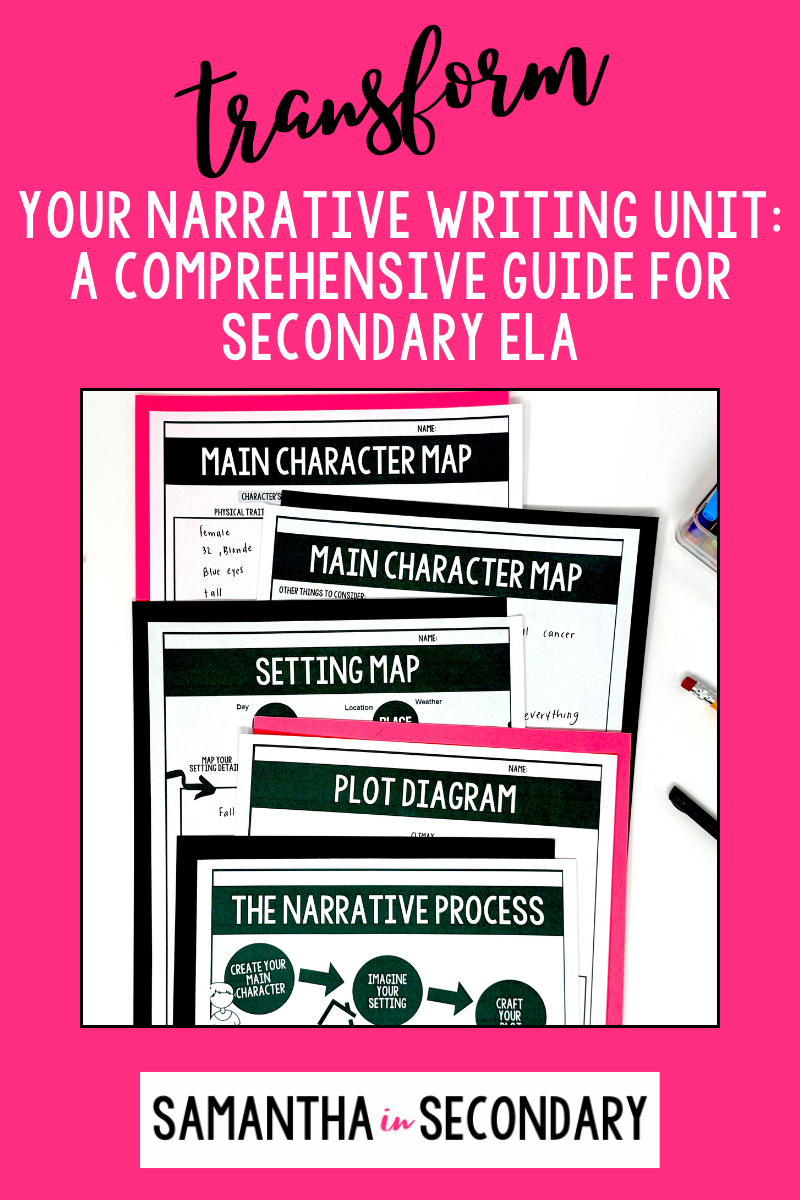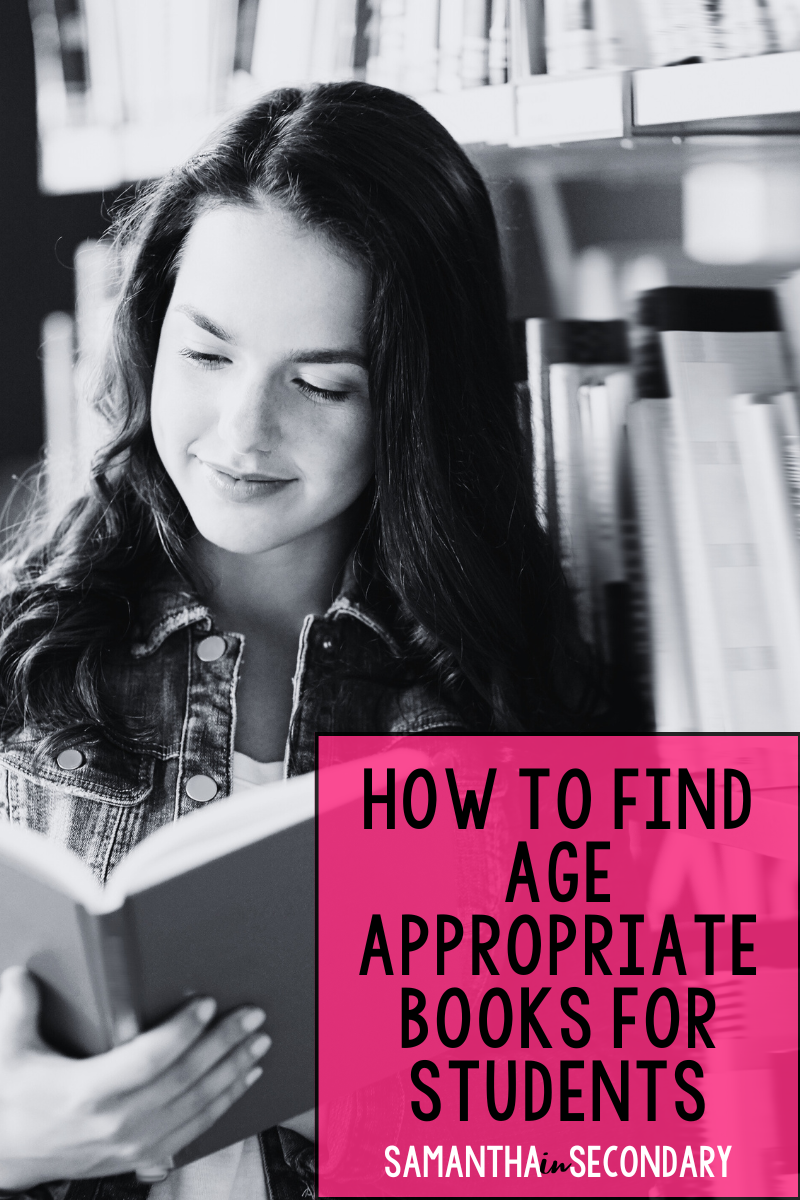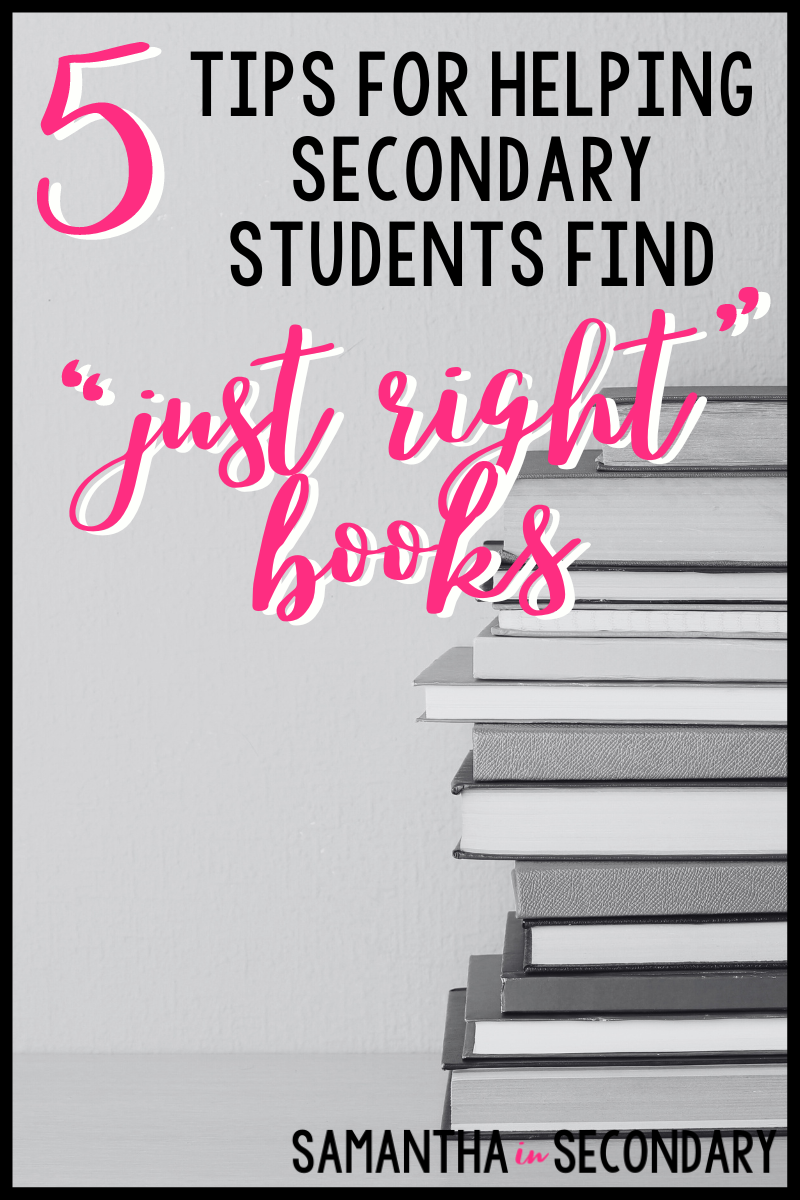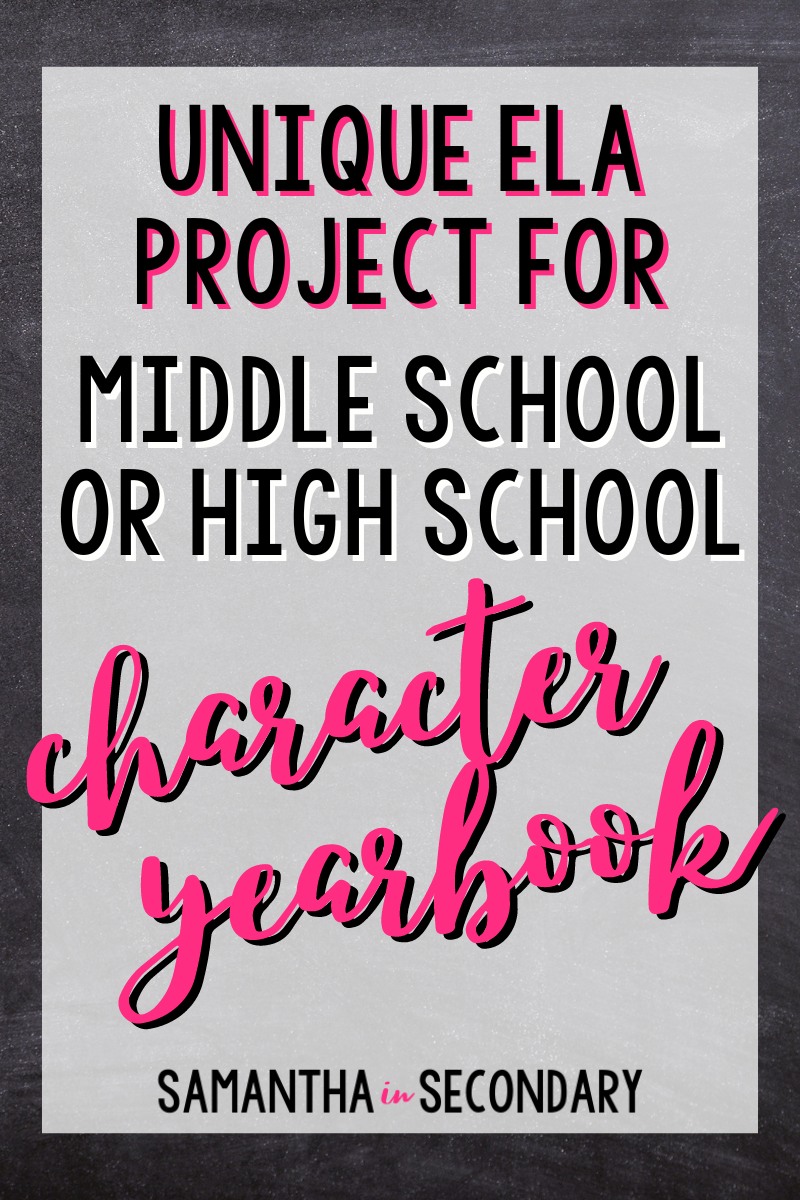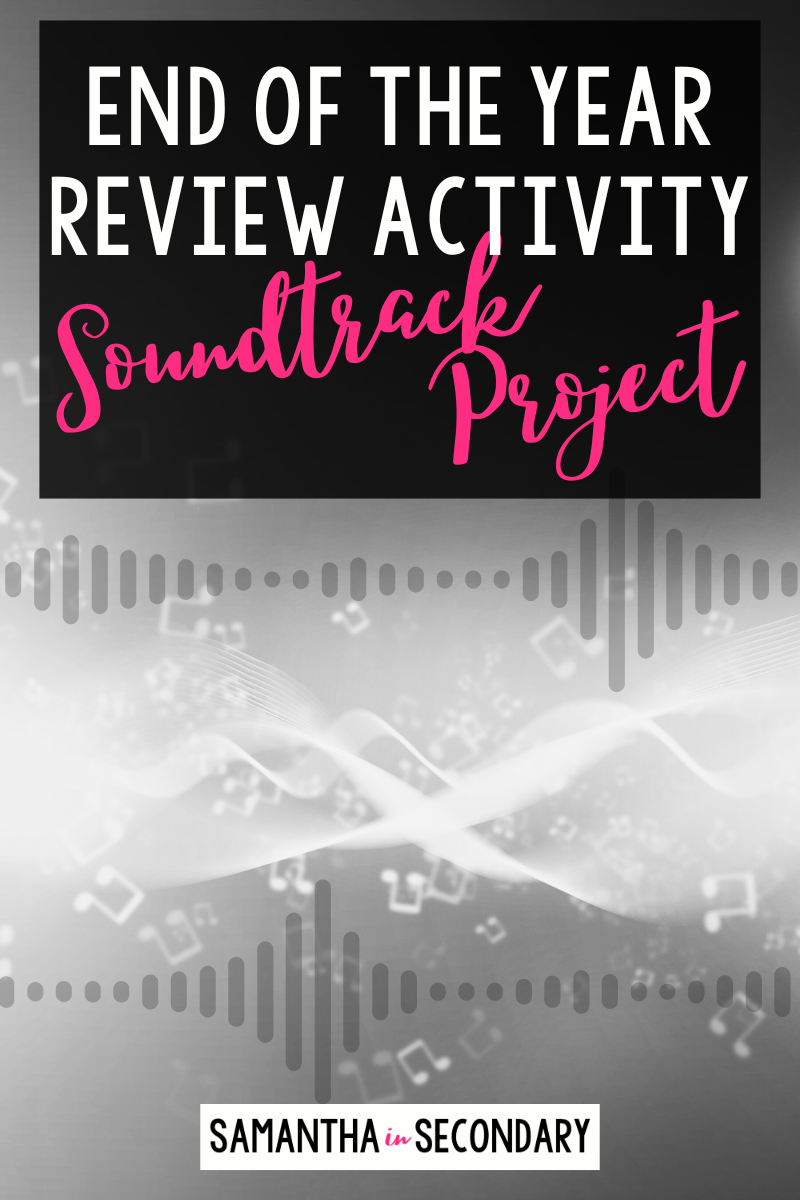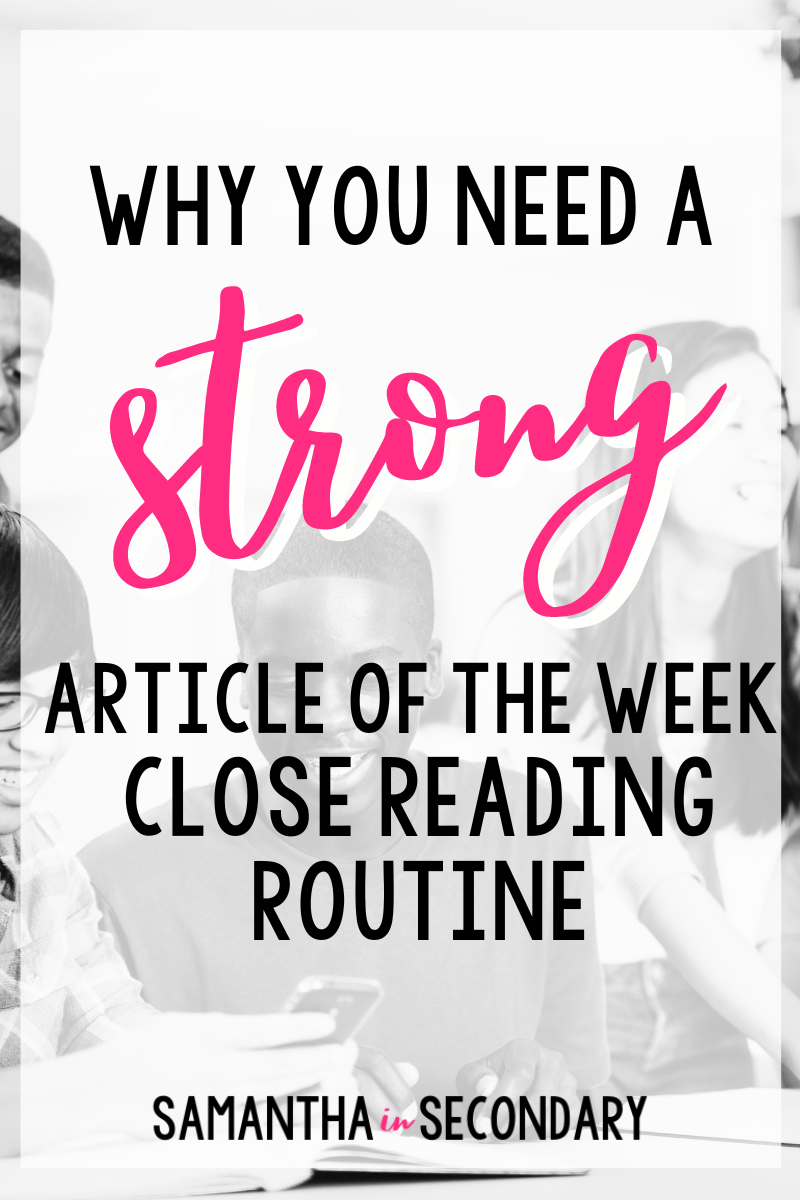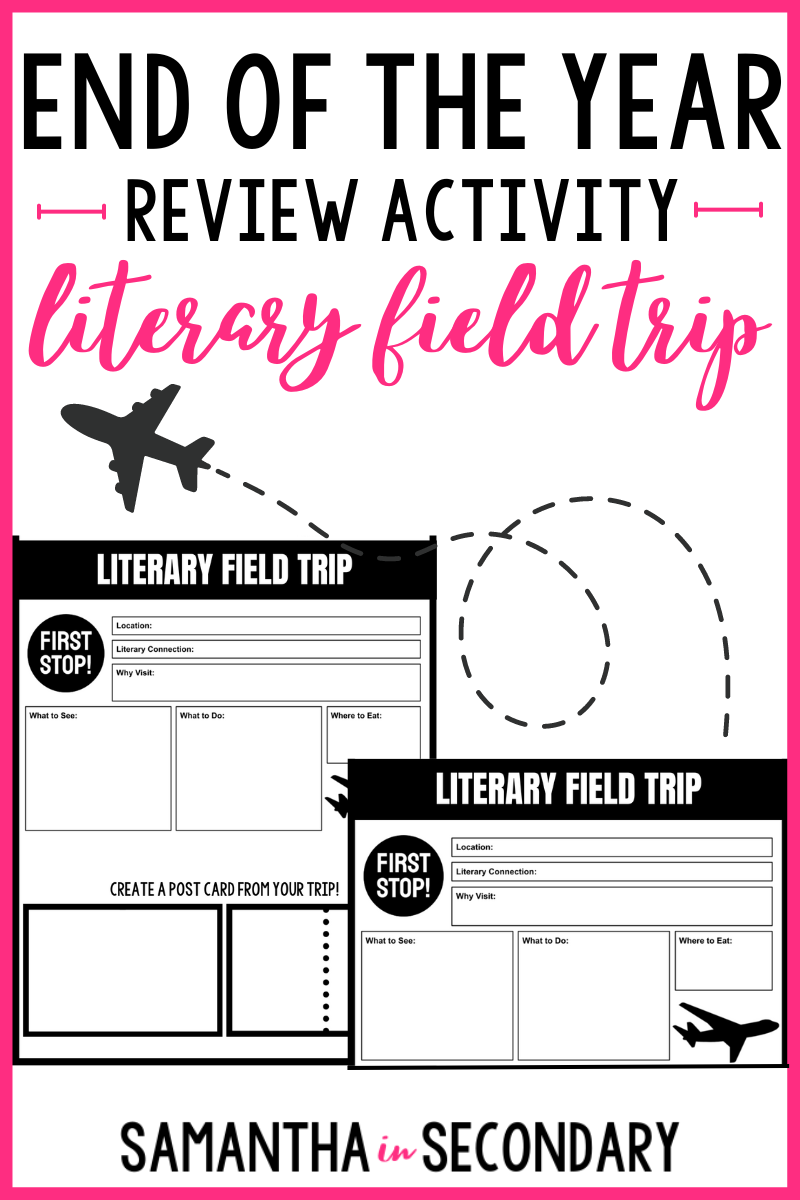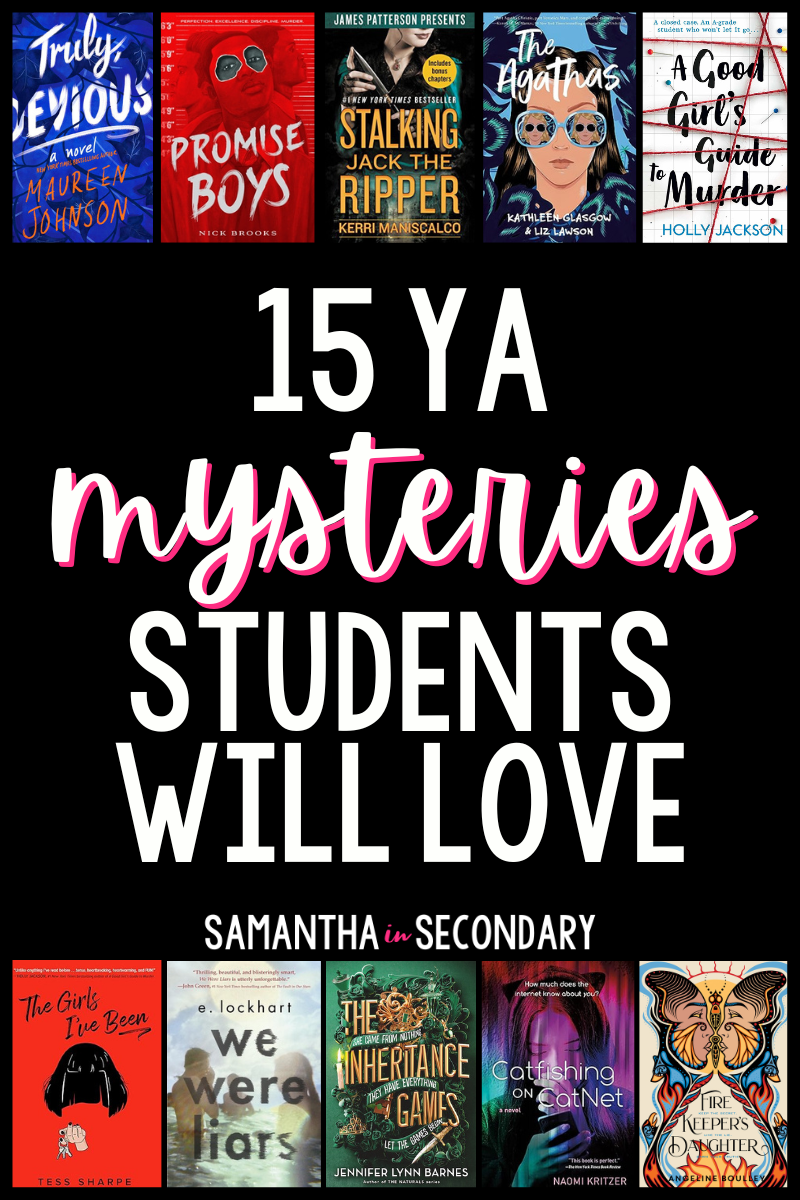
15 Young Adult Mystery Novels to Add to Your Classroom Library
In my experience, adding high-quality mystery novels to your classroom library is a surefire way to get more students reading. In today’s post, we’re diving into the thrilling world of YA mystery novels—perfect for engaging your students and sparking their imaginations. Whether they love puzzling plots or uncovering dark secrets, these 15 captivating titles are sure to keep your classroom library buzzing with excitement. Each book offers not only an intriguing storyline, but also relatable characters and valuable themes that resonate with today’s readers. From solving whodunits to navigating complex relationships, these novels provide rich narratives that will inspire students to think critically and immerse themselves in the reading experience. Mystery novels have a unique way of drawing readers in,
